2000000
Type of resources
Available actions
Topics
Keywords
Contact for the resource
Provided by
Years
Formats
Representation types
Update frequencies
Scale
-
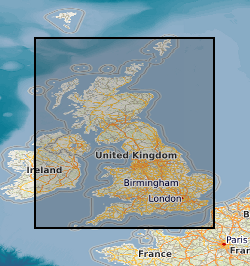
This layer of the GeoIndex shows the location of available 1:50000 scale digital geological maps within Great Britain. The Digital Geological Map of Great Britain project (DiGMapGB) has prepared 1:625 000, 1:250 000 and 1:50 000 scale datasets for England, Wales and Scotland. The datasets themselves are available as vector data in a variety of formats in which they are structured into themes primarily for use in geographical information systems (GIS) where they can be integrated with other types of spatial data for analysis and problem solving in many earth-science-related issues. Most of the 1:50 000 scale geological maps for England & Wales and for Scotland are now available digitally as part of the DiGMapGB-50 dataset. It integrates geological information from a variety of sources. These include recent digital maps, older 'paper only' maps, and desk compilations for sheets with no published maps.
-
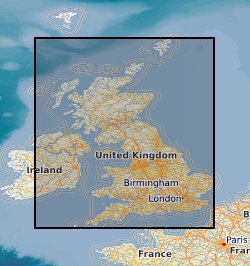
This layer of the map based index (GeoIndex) shows the availability of 1:50000 series paper geological maps. For England and Wales (and Northern Ireland), map sheets normally cover an area 30 km east-west and 20 km north-south; in Scotland the coverage is 20 km east-west and 30 km north-south. The 1:50 000 geological map grids are based on an early Ordnance Survey 1:63 360 (one inch to one mile) scale map grid and are not related to the current Ordnance Survey 1:50 000 map sheets. Maps are normally available in both flat and folded formats.
-
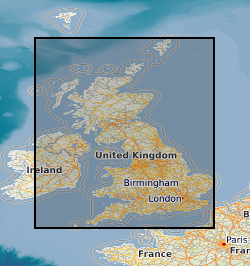
This layer of the map based index (GeoIndex) shows the location of onshore UK boreholes known to BGS that have digital or paper geophysical borehole logs. The details given for each borehole are, the name of the borehole, the grid reference and the format, ie. paper or digital. Scattered distribution of boreholes, locally dense coverage, few logs from Scotland. The GeoIndex is updated at regular intervals but more information may be available than is shown at any one time.
-
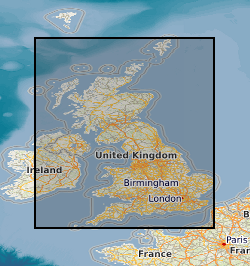
This layer of the Map based index (GeoIndex) shows the location of registered samples of drillcore and washed cuttings from onshore boreholes drilled in UK by BGS, commercial and public bodies, representing almost 10,000 boreholes. There is also a drillcore collection taken from onshore boreholes drilled in England and Wales by the BGS and commercial and public bodies.
-
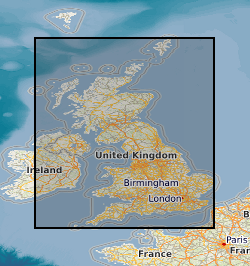
This layer of the map based index (GeoIndex) shows areas covered by explanatory sheet Memoirs, along with basic information such as memoir title and publication date. The memoirs themselves,compiled by BGS geologists, date from the late 1890s to present day and provide a comprehensive and detailed account of all aspects of the geology of the areas covered by the 1:50,000 (and 1:63,360) map series. Some memoirs may cover more than one geological sheet area and a few cover key geological themes (eg Jurassic rocks) across a large region. Sheet Descriptions are fully colour-illustrated, shortened accounts of the geology that are available for some of the newer published geological sheets.
-
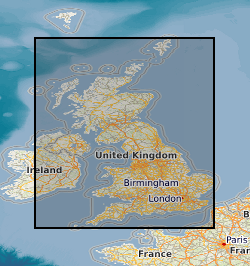
This layer of the map based index (GeoIndex) shows the locations of the Mineral Reconnaissance Programme Reports within Great Britain. The Mineral Reconnaissance Programme (MRP), funded by the Department for Trade and Industry (DTI), carried out mineral exploration reconnaissance in Great Britain between 1972 and 1997. The programme provided geological, geochemical, geophysical, mineralogical and metallogenic information on prospective areas in Britain. Work was carried out at various scales, from regional reconnaissance surveys or appraisal, to the drilling of a geochemical or geophysical anomaly. Projects were multidisciplinary, and used a combination of tried and tested methods, together with innovative techniques arising from research and development programmes. By the end of the Programme in 1997, 146 MRP reports had been issued covering localities across the UK. The programme was very successful in that more than half the projects reported attracted significant commercial follow-up resulting in the discovery of many new prospects. The reports themselves are being made available, for free, to downlaod over the next twelve months.
-
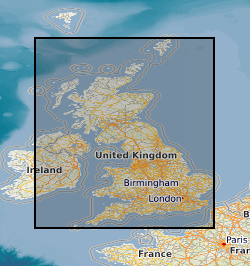
The map shows the location and line-identifiers of reflection seismic profiles acquired by the former National Coal Board and British Coal during their exploration for coal in the UK. Ownership of UK coal exploration data was transferred to the Coal Authority following privatisation of the UK coal industry. The Coal Authority have appointed the British Geological Survey as custodian of this important national geological data archive. These data are, in general, publicly available; however, access to data within active mining licences is restricted in that it requires the consent of the mining licensee. The Coal Authority data archive includes hardcopy and digital data for the reflection seismic profiles, such as film and paper prints, original field tapes, demultiplexed data, processed stacked data, navigation (location) data and observers' and surveyors' acquisition reports. But please note that not all data types are available for all profiles. The BGS will be pleased to provide information on data availability for named profiles or within specified geographic areas, together with cost estimates and options for supplying copies.
-
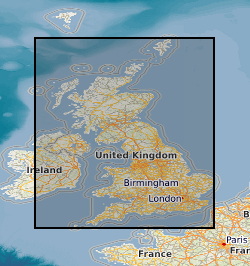
The map shows the location and names of boreholes with digital geophysical logs acquired by the former National Coal Board and British Coal during their exploration for coal in the UK. Ownership of UK coal exploration data was transferred to the Coal Authority (Coal Authority) following privatisation of the UK coal industry. The Coal Authority have appointed the British Geological Survey as custodian of this important national geological data archive. These data are in general publicly available; however, access to data within active mining licences is restricted in that it requires the consent of the mining licensee. The Coal Authority data archive includes digital data for some of the geophysical borehole logging. These are mainly in the form of original field tapes; however, also available are some data transcribed onto more modern media during BGS projects. The BGS will be pleased to provide information on data availability for named boreholes or within specified geographic areas, together with cost estimates and options for supplying copies.
-
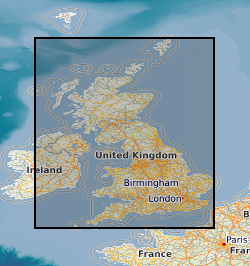
An index to over 600 ground geophysical surveys carried out in the UK for a variety of projects. A large number of these surveys were done in conjunction with the DTI Mineral Reconnaissance Programme in the 1970's and 80's, and many others were carried out at the request of BGS field mapping groups. Information held describes the survey objective, location of measurements, geophysical methods and equipment used, reports and publications, storage locations of data and results (for analogue and digital data), dates and personnel. There are two datasets; one shows the outline of the survey areas, and the other shows the actual survey lines within each area.
-

This layer of the GeoIndex shows the availability of 1:25000 scale Classical Areas Geological Maps. The maps themselves show the occurrence, nature and stratigraphic age of rocks. They are available for selected areas of outstanding geological interest in the United Kingdom, and in a number of versions (Solid, or Solid and Drift combined, Bedrock or Superficial). Maps are normally available in both flat and folded format. 1:25000 scale maps are also available for the Channel Islands. To order maps, take note of the map name and use the BGS Internet Shop.
 BGS Data Catalogue
BGS Data Catalogue